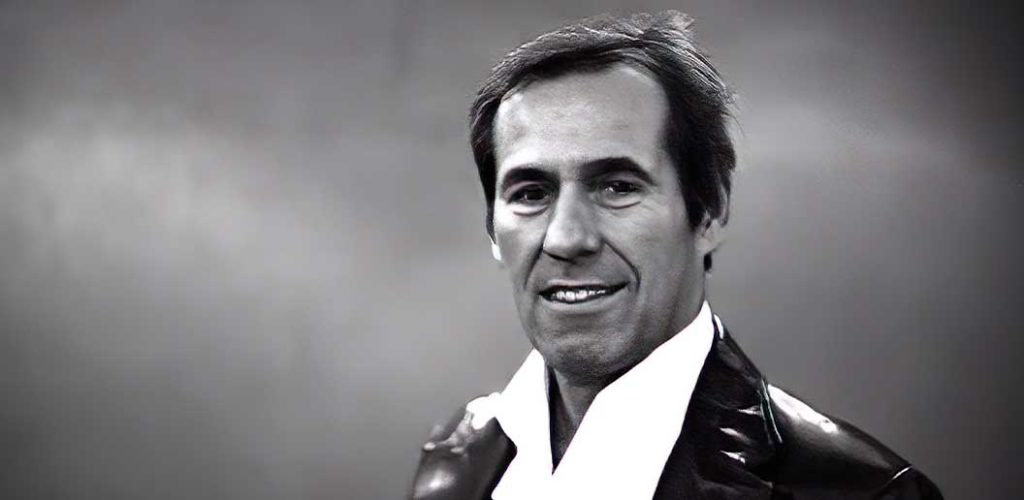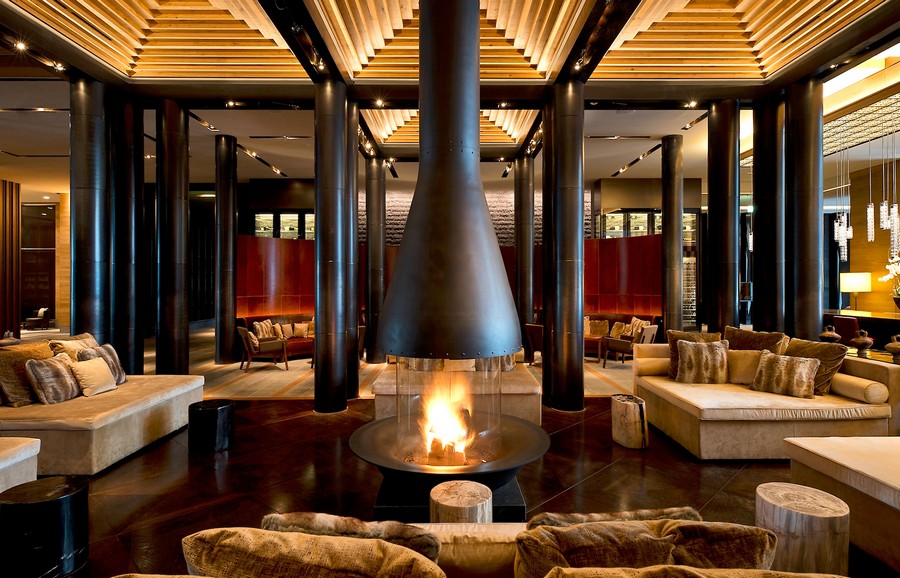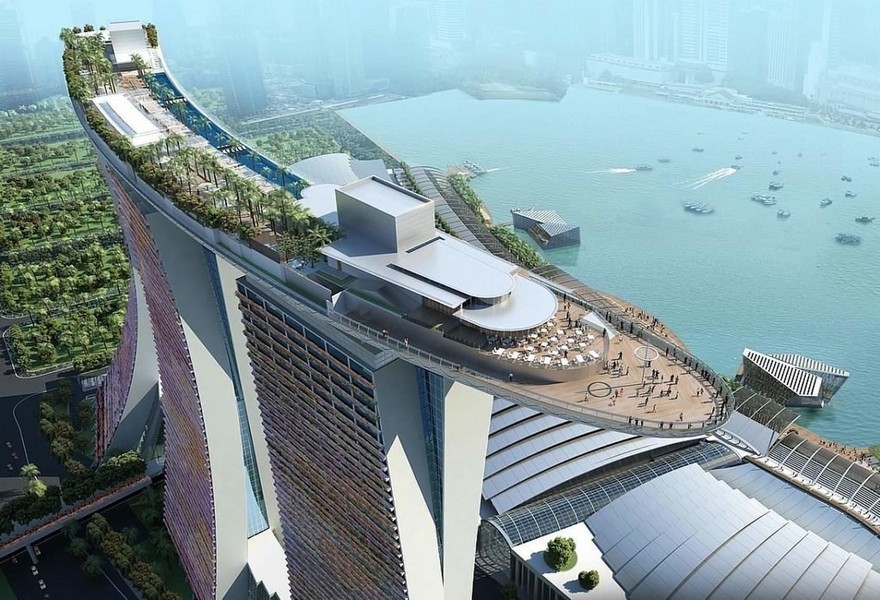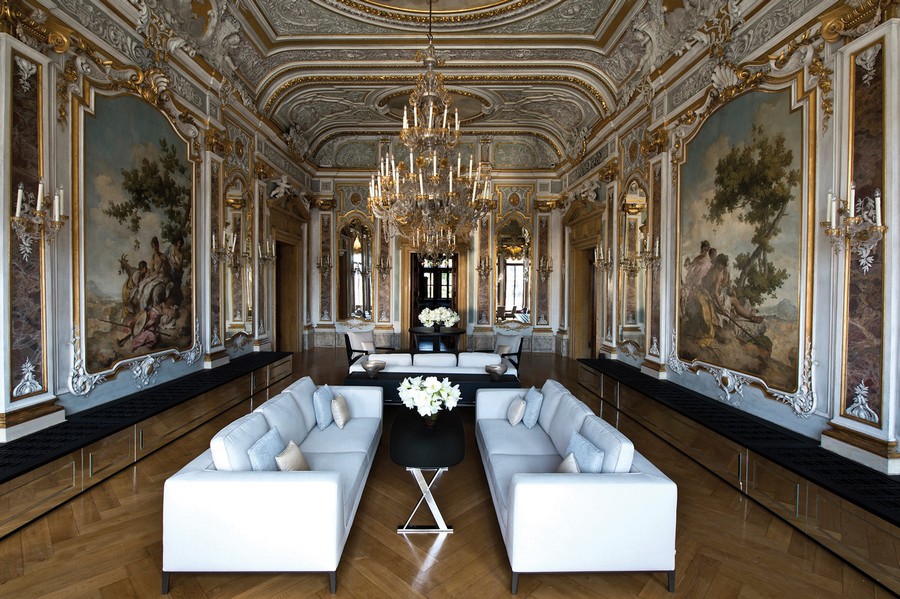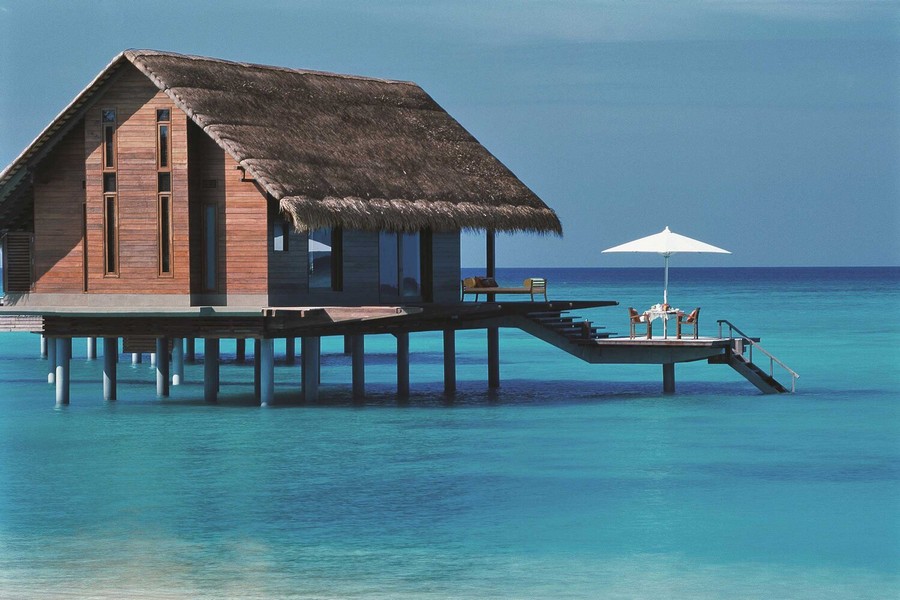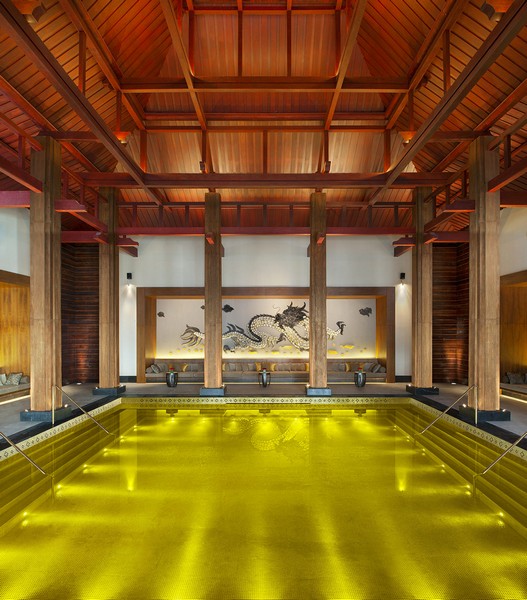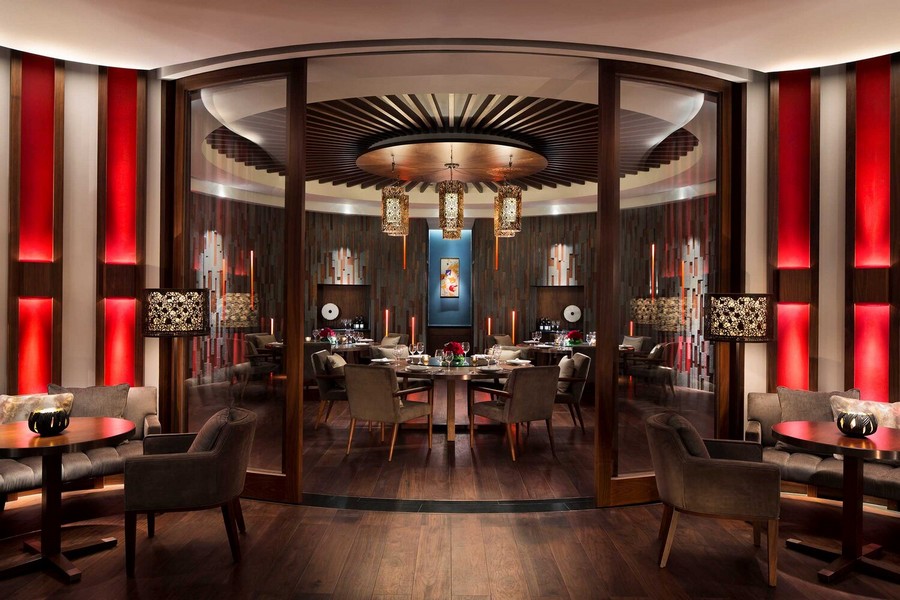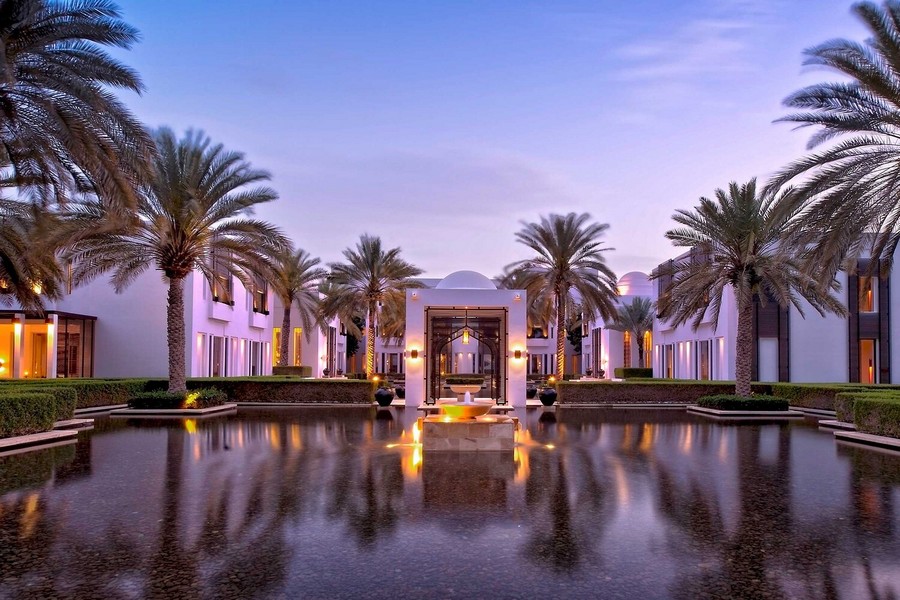Jean-Michel Gathy is a Belgian who’s been based in Asia for almost four decades. The gregarious and engrossing Gathy is in demand across the globe as a hospitality designer and is the creative powerhouse behind projects like the St. Regis Lhasa Resort in Tibet, Cheval Blanc Randheli in the Maldives, Chedi Andermatt in Switzerland, Four Seasons in Bangkok and the iconic rooftop and pool at Singapore’s Marina Bay Sands.
As principal of Denniston, the design practice he founded in 1983, he has four offices worldwide and clients that include tycoons and royalty. Gathy maintains a personal interest in every project, hence his relentless routine. While he does turn down work regularly, he says, ‘I’m very hands-on — I design everything. From the very first site visit of a project, I’m there and involved at each stage along the way. I am totally passionate about and addicted to what I do.’
The hotels Jean-Michel Gathy designs are off the decadence Richter scale. With his firm Denniston, he has designed for nearly every major super-luxury hotel brand you can think of, from Banyan Tree to Aman, Mandarin to Four Seasons.
Gathy has a profound and pragmatic understanding of how hotels function and what wealthy, discerning guests expect. “We’re not just architects,” he continues. “We’re lifestyle product designers. Design is also about daring and challenging rules. I know what people like, what people talk about. It’s actually more important to please the heart than the eye. A lot of architects and designers forget this.”
Gathy has long been an innovator and a trendsetter. Without him, reflecting pools might never have become a key component of late 20th-century tropical resort design. Nor, for that matter, Buddha sculptures as decorative objects and the current fashion for firelight might‘ve never taken off, which he used in The Chedi in Muscat back in 2003 and again at its sister hotel in the Swiss Alps. Then there’s overwater hammocks, or ‘basking nets’, which he dreamt up for the One&Only Reethi Rah in the Maldives in 2005 and immense spa-like bathrooms with freestanding tubs and places to sit and recline. Naughty bathrooms, he calls them.
He pioneered the vogue for private plunge pools and show-stopping swimming pools – witness the pool at the St.Regis Lhasa, lined in glazed gold plate, the black volcanic rock pool at Amanyara in Turks & Caicos, the three parallel 30-metre pools at The Setai, Miami or the 150-metre long curved infinity pool that balances on the roofs of the three towers of the Singapore’s Marina Bay Sands.
“Luck and opportunity” is Jean-Michel’s answer to how he ended up being the go-to architect and designer for some of the top luxury hotel brands in the world. He says in the early 90’s he met Adrian Zecha, then Chairman of Aman Resorts, who gave him the chance to design the Amanwana in Indonesia. He discovered he really liked designing luxury hotels. As he says, “It went on from there: the more you design the more people want you to design. I’m not necessarily the best but I’ve got more experience than anyone else in the niche of super-luxury hotels. It’s like a top cardiologist: there might be other doctors as good but why would you risk going to an unknown when you have one with a proven track record? I’m basically the spoiled kid of the hotel industry! Also, I am someone who loves luxury. I like top-class things – watches, art, design and so on. I like beauty, I like what is unnecessary: that extra thing.”
When it comes to hotel design, Jean-Michel says an element that he particularly enjoys is water. “In hotels, it’s paramount. It gives reflections, movement, noise – it changes constantly, and humans love watching it. It fascinates like fire. At night it really comes into its own: you can no longer see the landscape, so water, which reflects the lights of the building, gives depth to the view. It’s also a sound: it can be calming or lively, but it also covers up other noises, like people having drinks on the terrace.
Designing some of the most high-end hotel brands on the planet means you have a very demanding clientele. When asked if that creates a lot of pressure, he answers, “Of course! You simply cannot fail. You will always find me running all the time. Yesterday I was in London, next week I am in China, today I have to go to Dubai. ‘No’ does not exist in my world – you are dealing with top people. It’s super-pressuring, but I love it. If you can’t do it, don’t design luxury hotels.


